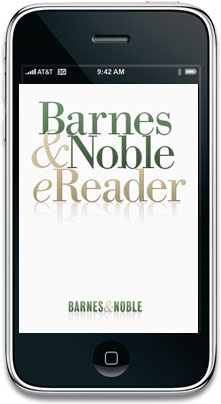 It was only a matter of time after the recent purchase of Fictionwise: Barnes and Noble is opening what they are calling the world’s largest eBook store with more than 700,000 titles available both for free and for purchase.
It was only a matter of time after the recent purchase of Fictionwise: Barnes and Noble is opening what they are calling the world’s largest eBook store with more than 700,000 titles available both for free and for purchase.
The titles available from BN.com (snazzy name!) will be readable on a number of devices, though notable exclusions include the Kindle and the Sony eReader.
About half a million titles are available for free through an agreement with Google (a notable advantage over Amazon’s Kindle). Where Barnes and Noble has decided not to challenge Amazon is on price: $9.99 has been chosen as the de facto price for books (frontlist, backlist, upside-down list).
Concerning? For now, yes. However, having another major player in the market opens the possibility of price fluctuation. Barnes and Noble don’t have a device to sell so books as a loss leader isn’t going to work as well for them as it does for Amazon.
How do publishers face the pressure of the under-ten dollar demand? As I mentioned last week, education campaigns like this one by HarperStudio is one way. There are no easy answers but hopefully as the market expands, more, and not less, dialogue about the economics of creating and selling books happens—between author and publisher, publisher and bookseller, bookseller and reader and back again.


